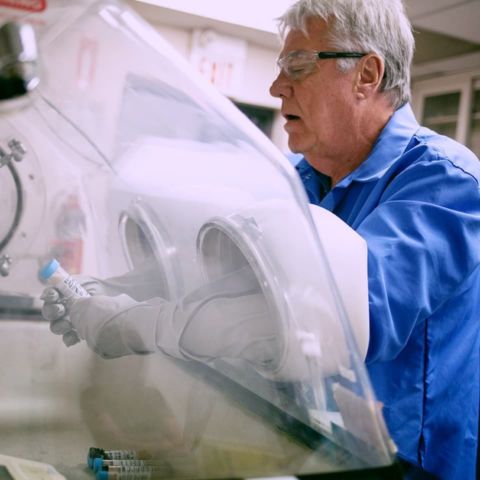Ammonia & Syngas
Synthesis gas (syngas) streams require molecular sieves, often downstream of other treatment units, to remove water and other contaminants to very low levels. This is required for protection against pressure drop and catalyst poisons that can cause plant performance to decline and catalyst deactivation. Contaminants can condense at lower temperatures and form solids in downstream equipment, leading to high pressure drop, loss of flow rate and ultimately lower plant efficiency. Thus, the molecular sieve ensures consistent, efficient and predictable performance over many years in between plant shutdowns and turnarounds.
The molecular sieve is typically being used to remove water, carbon dioxide, ammonia and sometimes oxygenates such as methanol, and various sulfur compounds. Synthesis gas is most often used to produce ammonia, methanol, higher hydrocarbons (synthetic fuels), hydrogen and dimethylether. In ammonia plants, the molecular sieve is primarily used to remove water in addition to trace ppmv-level carbon dioxide and ammonia from the syngas stream consisting mainly of nitrogen and hydrogen, with a small amount of methane.
Zeochem 4A and 13X molecular sieves are used in this service. Older-generation plants use 4A as it adequately removes water, carbon dioxide and ammonia. For older-generation plants seeking enhanced performance, newer-generation plants with reduced firing in the primary reforming furnace and cryogenic inert impurity removal, our 13X sieve is used.
